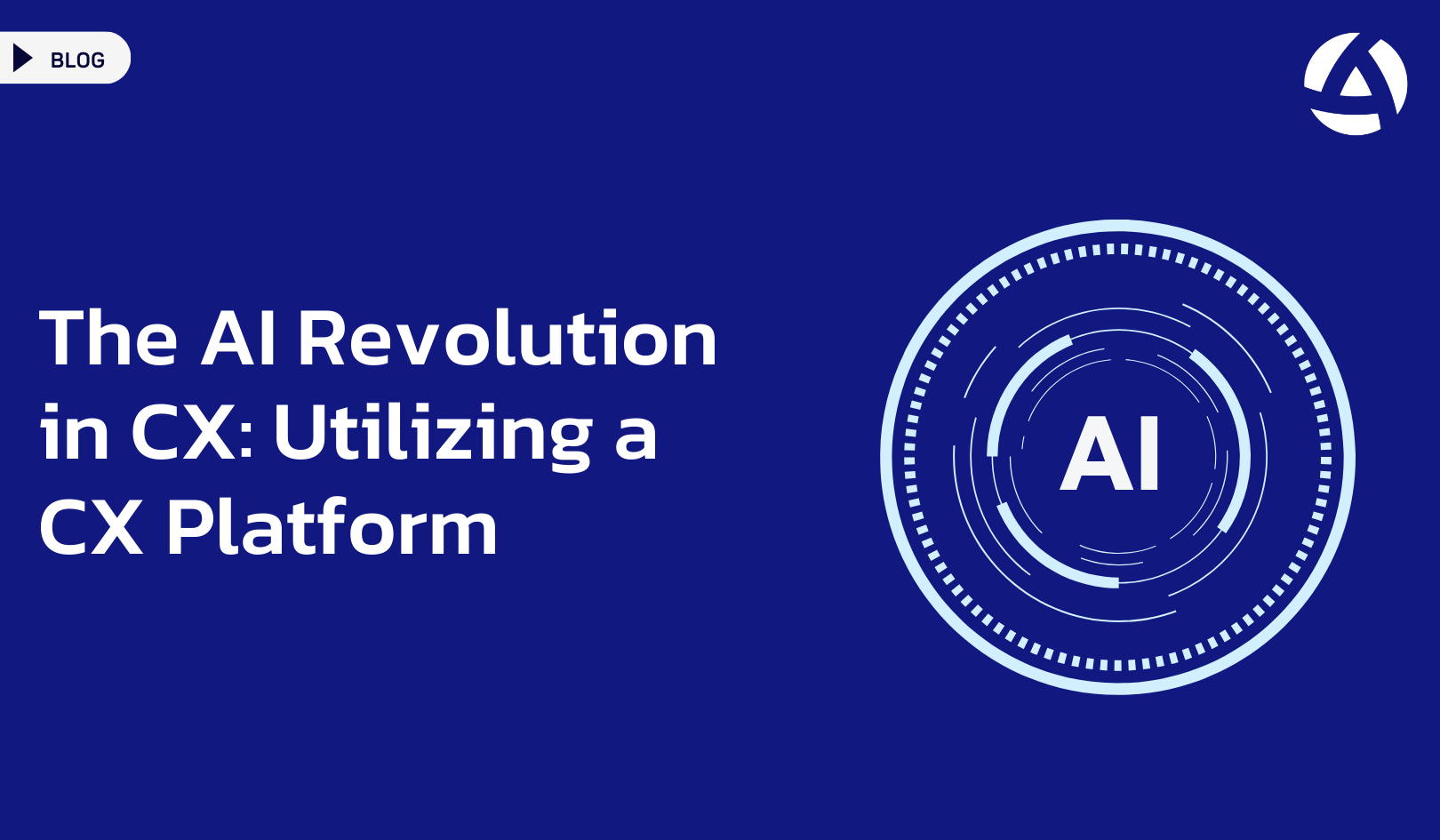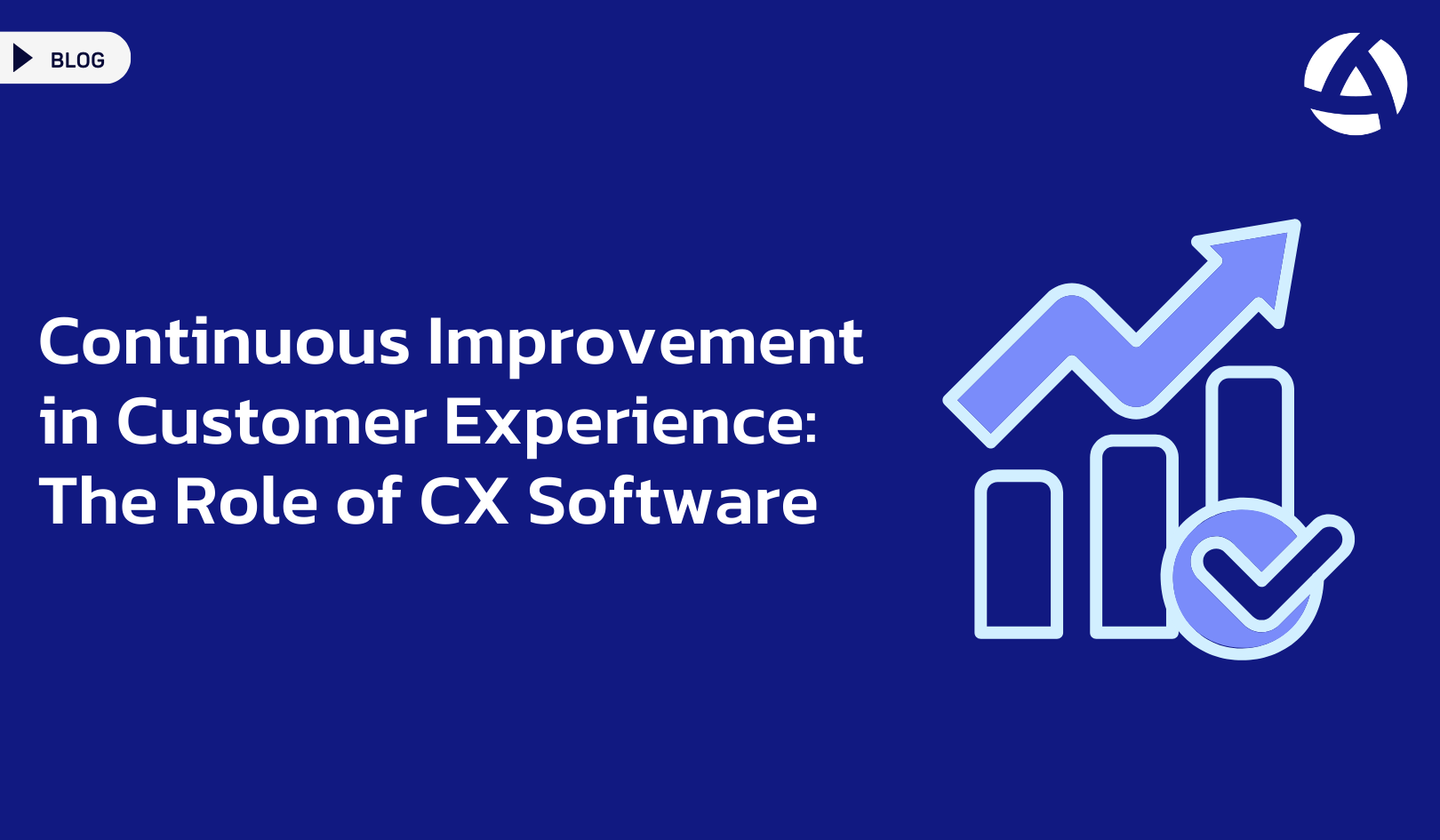The rapid advancement of artificial intelligence (AI) is transforming industries across the globe, and the customer experience (CX) industry is no exception. As AI technology becomes more sophisticated, it offers unparalleled opportunities for businesses to enhance their customer interactions and streamline operations. A robust CX Platform is essential for leveraging these AI advancements to deliver exceptional customer experiences.
How AI is Shaping the CX Landscape
-
Personalization at Scale: AI-powered CX platforms enable businesses to offer personalized experiences to millions of customers simultaneously. By analyzing vast amounts of data, AI can identify individual preferences, purchase histories, and browsing behaviors. This information allows companies to tailor product recommendations, marketing messages, and service interactions to meet each customer’s unique needs.
-
Predictive Analytics: AI algorithms can predict customer behavior and trends by analyzing historical data. This predictive capability allows businesses to anticipate customer needs, optimize inventory, and plan targeted marketing campaigns. For example, an AI-driven CX platform can forecast which products are likely to be in high demand, helping companies stock appropriately and avoid shortages.
-
Automation and Efficiency: AI automates routine tasks and processes, freeing up human agents to focus on more complex and value-added activities. In customer service, AI-powered chatbots and virtual assistants can handle common queries, provide instant responses, and even assist with troubleshooting. This not only improves response times but also reduces operational costs.
-
Sentiment Analysis: Understanding customer emotions is crucial for delivering exceptional experiences. AI-powered sentiment analysis tools can analyze customer feedback, social media posts, and reviews to gauge overall sentiment toward a brand. This insight allows businesses to identify pain points, respond to negative feedback, and capitalize on positive sentiment.
-
Voice and Visual Recognition: The integration of AI in voice and visual recognition technologies is revolutionizing the way customers interact with businesses. Voice-activated assistants and image recognition tools enable seamless and intuitive customer experiences. For instance, customers can use voice commands to search for products or scan images to find similar items, enhancing the shopping experience.
The Role of a CX Platform in Leveraging AI
A comprehensive CX Platform is crucial for harnessing the full potential of AI in the customer experience industry. Such platforms integrate various AI-powered tools and technologies, providing businesses with a unified view of customer interactions and data. This integration allows for seamless analysis and action, ensuring that insights derived from AI are effectively utilized to enhance customer experiences.
Key features of a CX Platform include:
-
Data Integration: A centralized platform that consolidates data from multiple sources, including CRM systems, social media, and customer feedback, enabling a holistic view of the customer journey.
-
AI-Driven Insights: Tools that use machine learning and natural language processing to analyze data and extract actionable insights, helping businesses make informed decisions.
-
Personalization Engines: Advanced algorithms that tailor experiences based on individual customer preferences and behaviors, driving engagement and satisfaction.
-
Automation Tools: Capabilities that automate routine tasks, such as customer support inquiries and marketing campaigns, increasing efficiency and reducing costs.
-
Real-Time Analytics: Real-time monitoring and analysis of customer interactions, allowing businesses to respond promptly to emerging trends and issues.
Conclusion
The rise of AI is reshaping the CX industry, offering businesses new ways to understand and engage with their customers. By leveraging a powerful CX Platform, companies can harness the capabilities of AI to deliver personalized, efficient, and emotionally resonant experiences. As AI technology continues to evolve, its integration into the CX landscape will only become more critical, making it essential for businesses to invest in the right tools and strategies to stay ahead of the curve.




